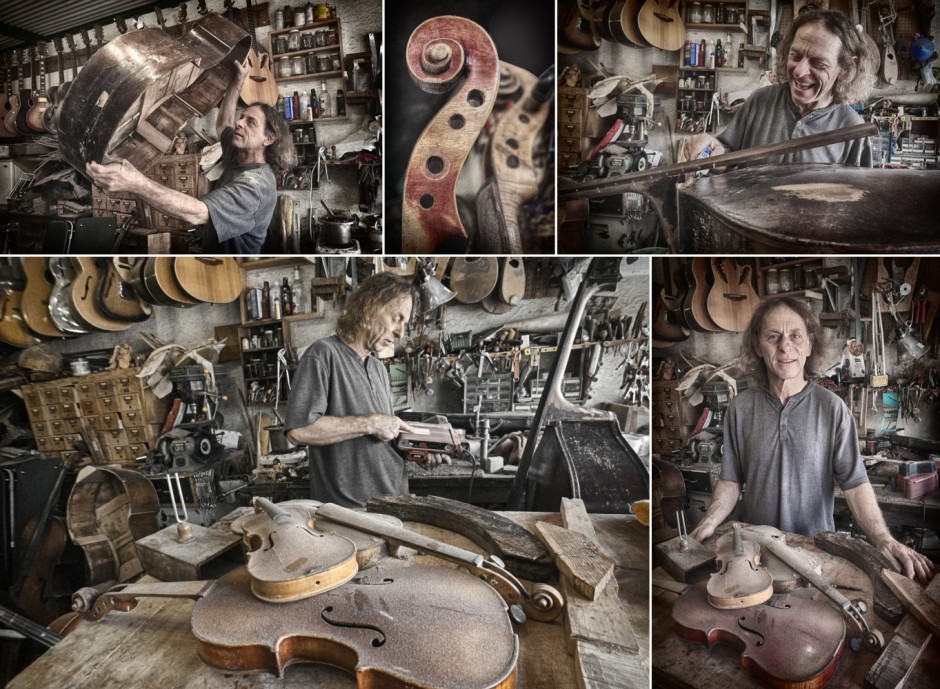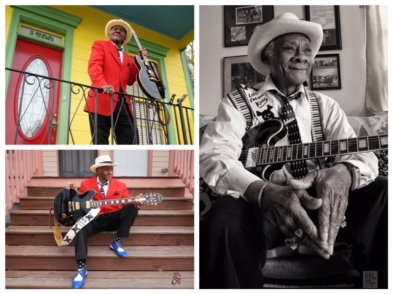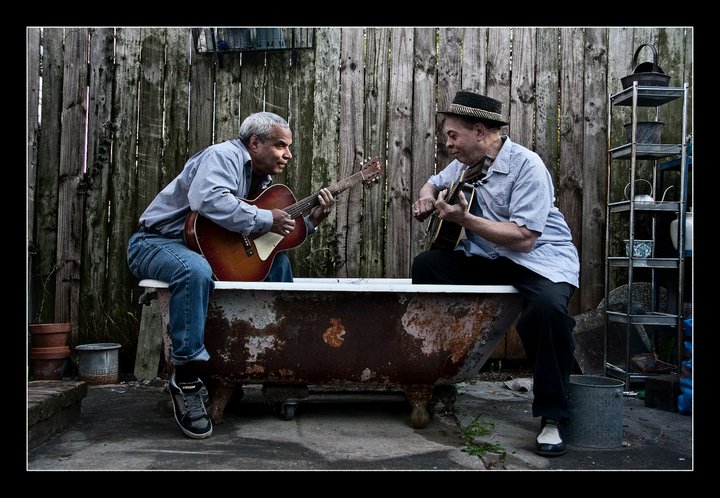 It was the last day of my two weeks in New Orleans. My feet ached with blisters from all of the endless walking through neighborhoods. Sal was on my list of interesting characters to photograph. Last year, Adrienne, a street musician known as The Bob Dylan Girl told me, “One night I was on my bike headed home. My light was out. I got hit. I was okay, but my mandolin broke in half. Sal fixed it for a really good price.”
It was the last day of my two weeks in New Orleans. My feet ached with blisters from all of the endless walking through neighborhoods. Sal was on my list of interesting characters to photograph. Last year, Adrienne, a street musician known as The Bob Dylan Girl told me, “One night I was on my bike headed home. My light was out. I got hit. I was okay, but my mandolin broke in half. Sal fixed it for a really good price.”
I’d been wanting to meet Sal for a long time.
I dialed his number, half expecting to be put off and told to call back another time. Instead, Sal listened carefully, as I told him about the book I was writing. He jumped in and said, “Come by any time. I go to lunch between noon and one o’clock.”
Twenty minutes later, after a long trip up Canal Street, I found his tiny shop and parked in front. As soon as I stepped through the door, I thought I might be on the set of Storage Wars, looking into a room filled with piles of decaying wooden instruments. I stood in wonder, trying to make sense of it all, scanning the walls where violins, guitars, mandolins, tools, bottles of glues, stains, and violin bows: all in various condition, all covered in a thin blanket of sawdust, and all waiting to be restored by Sal.
Sal greeted me with the warm, sandpapered hand of a craftsman. He smiled, standing behind a cluttered counter, working on the bridge of a splintering bass, with the focus of a man who loves his work. To his back was a workbench littered with a hodgepodge of tools, parts, and scraps of wood. A boiled-over can of blackened glue sat on top of a rusting hotplate. Sal’s weathered face and long hair reminded me a little of Neil Young, his skin a bit sepia-toned, aging like the rest of the orchestra lining the walls.
“You can shoot as many photos as you like, but I gotta just keep working. I get so far behind with getting this stuff out. Customers come in and say, ‘You know how long you’ve had my instrument?! When is it going to be finished?!’ I just tell ’em, ‘It will be done when it’s done.’ I never know. I don’t own this shop. I don’t run it. It runs me.”





